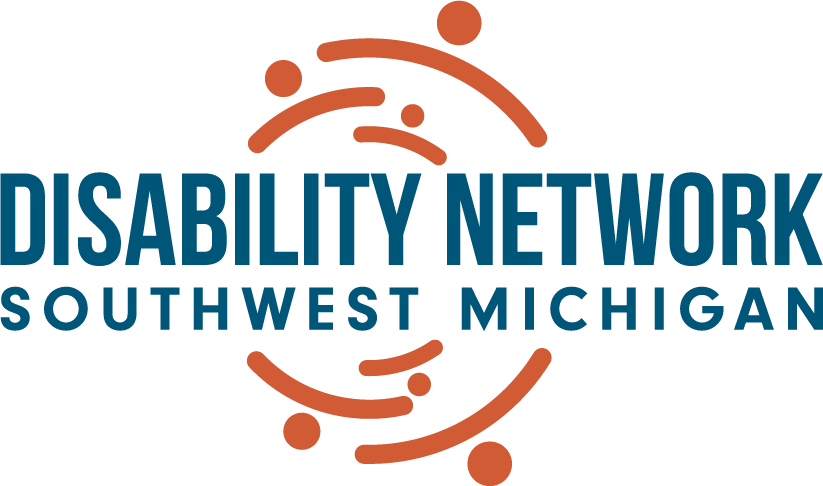 For people with mobility disabilities, cleared sidewalks make the difference between living a full, independent life or becoming a shut-in, isolated from their community.
For people with mobility disabilities, cleared sidewalks make the difference between living a full, independent life or becoming a shut-in, isolated from their community.
Taking Responsibility
The ADA requires that public agencies maintain their walkways in an accessible condition which includes reasonable snow removal efforts. Most businesses realize they are responsible for clearing their sidewalks, although timeliness varies greatly from business to business. In residential areas, most jurisdictions require homeowners or landlords to keep their sidewalks cleared.
Unfortunately, many businesses and homeowners draw the line where the sidewalk ends and the street begins—the area between their sidewalk and the street gets confusing. Snow plows on the street continually push snow into sidewalk ramps, which often results in an otherwise cleared sidewalk leading to an impassable street crossing. Although this issue is not directly addressed in ADA regulations, the property owner should consider this part of their sidewalk and maintain a clear pathway.
It should be noted that maintaining accessibility on a sidewalk means clearing the full width of the sidewalk so that a wheelchair or scooter can pass. It also means removing ice, as well as snow, for safe passage.
If you are aware of property owners who are negligent about keeping their sidewalks cleared, consider contacting them directly to remind them of their responsibility. If they continue to be remiss in clearing their walks, you can contact your municipal Public Service department to report the problem. Unfortunately, in many jurisdictions there is little enforcement other than sending a notice to the offender, so appealing to their sense of responsibility may be the most effective approach.
Assistance for Elderly or People With Disabilities
Another barrier to cleared sidewalks in winter is that some people are not physically able to clear their own walks and may not have the financial means to hire someone to do it for them. If you are a person who is unable to maintain your sidewalk in the winter, whether it’s a public sidewalk or basic access to your house, you may need to look for local resources to assist you. The best place to start is with good neighbors! If you have a relationship with a neighbor perhaps you can offer to bake them some goodies or make a pot of soup in return for their assistance with your sidewalks. Sometimes neighborhood associations and local churches can help connect you to resources as well.
And While You’re At It . . .
Be mindful of access to public services on your street. If you live on a street with fire hydrants, take a look down the street—where is the nearest hydrant and is it clear of snow? Whether it’s on your property or not, it will benefit you as well as your neighbors to be sure the hydrant is easily located and accessible in case of emergency. Also, if there is a bus stop on your street, take an extra couple of minutes to clear an area for people to wait for the bus so they don’t have to stand in the street. The bottom line is, we all have to take responsibility for safe access in our communities.
